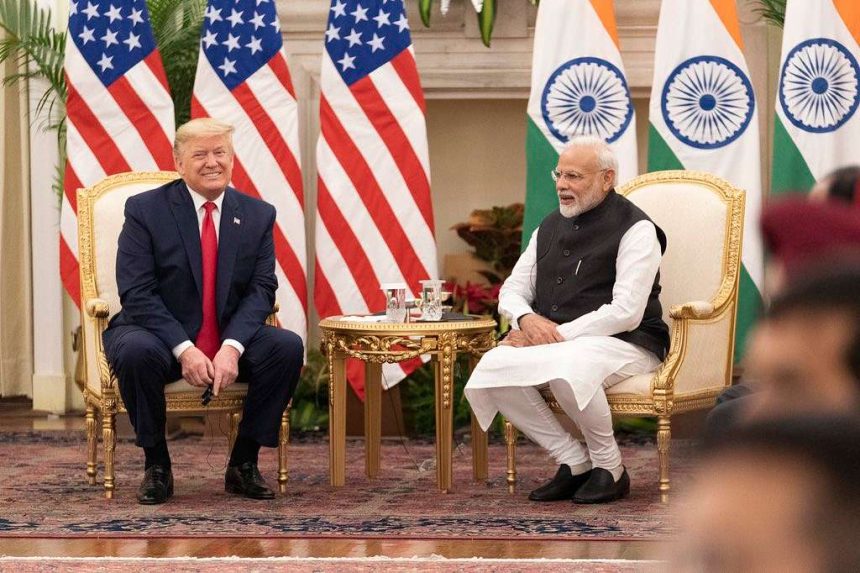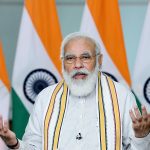Race Against August 1 Tariff Deadline
Speaking on July 16, President Trump announced that the United States and India are “very close” to finalizing a bilateral trade agreement, with discussions also progressing on a possible deal with the European Union. These negotiations are part of Trump’s aggressive reciprocal tariffs policy, targeting completion before the August 1 deadline when new duties are set to take effect.
Indian Delegation in Washington
An Indian trade delegation, including Chief Negotiator Rajesh Agrawal, is currently in Washington. They’re working through a fifth round of talks, laying the groundwork for what some describe as a mini interim deal focusing on reducing tariffs to mid-teens or lower. Washington’s team, led by Treasury Secretary Scott Bessent, similarly said they are “very close” to a deal with India.
Key Issues on the Table
Core sticking points include:
- U.S. demand for deeper access to Indian markets, particularly in areas like energy, machinery, and industrial goods.
- India’s resistance toward allowing American imports of GM crops (like maize and soy) and dairy—non-negotiable to support its farmers.
- Both sides reportedly agree on lowering tariffs—India may cut rates on about 60% of imports, while the U.S. aims to reduce India’s current reciprocal tariff (26%) closer to 10%.
Strategic Omission of Tariff Letter
Notably, India did not receive a reciprocal tariff letter when Trump issued them to over 150 countries—unlike many nations. This omission is viewed by trade experts as an intentional signal that India is near a real deal.
Market and Manufacturer Response
Indian and U.S. businesses are watching closely:
- Stocks in India displayed muted movement, caught between tariff fears and optimism over deal prospects.
- U.S. manufacturers and exporters hope the deal mirrors recent pacts like the one with Indonesia (which secured a 19% tariff), seeking similar outcomes.
Wider Implications
- A trade deal with India is part of Trump’s broader agenda to forge multiple agreements—with the EU, Indonesia, Vietnam—while trimming the U.S. trade deficit.
- Conversely, a failure to reach a deal could trigger new tariffs on smaller nations at uniform rates of 10–15%.
What’s Next
- Final negotiations are expected to wrap up before the end of July, as India’s delegation extends its stay and the EU’s trade chief remains engaged in parallel talks Reuters.
- Tariff rollout approaches: If no deal emerges by August 1, reciprocal tariffs will activate—forcing importers and exporters on both sides to brace for adjustments.
- Post-deal planning: Even a mini-deal would pave the way for deeper trade negotiations to develop a broader and more comprehensive bilateral agreement.
Final Take
Trump’s statements mark a decisive moment in U.S.–India trade relations. With both sides tightly timed to the August 1 deadline, a modest agreement could avert tariffs and strengthen economic ties. Whether India’s protectionists and U.S. trade ambitions align remains the crux—but for now, the talks are undeniably “very close.”











